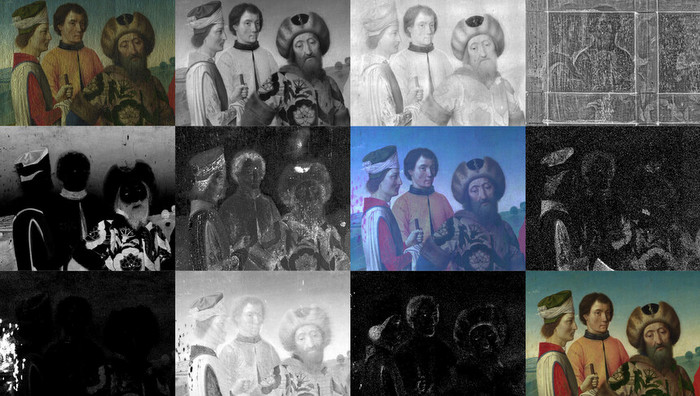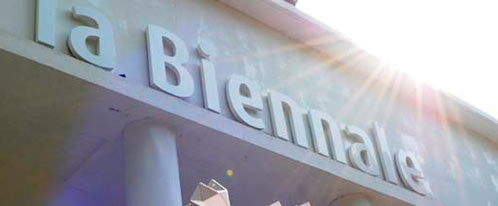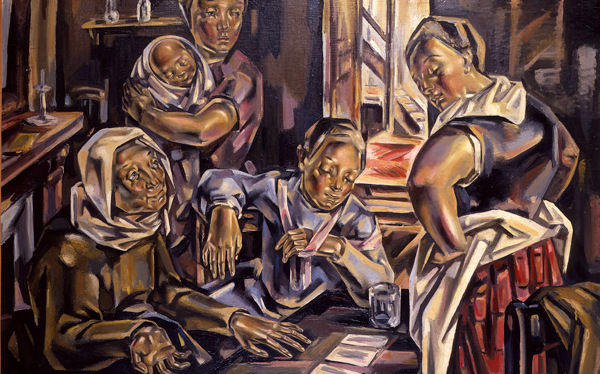The Cuban artists that are going to attend the 55th edition of the Venice Biennial were named on Saturday May 4, during a press conference held at Wifredo Lam Center of Contemporary Art. This event is scheduled to take place from June 1st to November 24th, titled El Palacio Enciclopedico[1] (The Encyclopedic Palace) and will be curated by Massimiliano Gioni. Venice’s Biennial is one of the most important spaces to promote and showcase the finest pieces of contemporary art from all over the world.
The Cuban representation is made up of first-level artists such as: Sandra Ramos, Antonio Eligio Fernandez (TONEL), Nelson and Liudmila, Lazaro Saavedra and Maria Magdalena Campos. The curatorship of the show will run on Jorge Fernandez Torres (Cuba), director of Wifredo Lam Center of Contemporary Art, and Giacomo Zaza (Italy).
These artists’ artworks are going to be exhibited in a privileged space at San Marcos Square: the Museum of Archaeology, so the artists and the curator are to face the challenge of establishing a coherent dialogue with Roman artworks —one of Massimiliano Gioni’s main aims. The key topics defended by the Cuban creators are linked to migration and border conflicts (Sandra Ramos), notions of cultural identity related to such symbols as the national flag (TONEL), music (Glenda Leon) or humor-related critic (Saavedra).
This display titled “La perversion de lo clasico: anarquia de los relatos” (The perversion of the classic: anarchy of stories) will also count on the participation of seven international artists, including Herman Nitsch, who participated in Havana’s 11th Biennial.
At the same time, Humberto Diaz’ work is set to be shown at the Latin American pavilion since he has been invited to the exhibition organized by acclaimed curator Alfons Hug.
In spite of the questions on the biennial model and the pertinence of these mega events, the truth is that Venice’s Biennial represents a safe bet to legitimate the production of contemporary art. At the same time, it fosters the theoretical debate on regional or trans-local problems and favors the exchange between experts and artists from different countries.
[1]El Palacio Enciclopedico, created by self-taught Italian-American artist Marino Auriti, was first presented on November 16, 1955, at the US Patent Office. This “Palazzo Enciclopedico” would be an imaginary museum to house all of the knowledge of the world and would gather the greatest discoveries in a 136-story 700-meter-high building that would cover over 16 blocks in Washington, DC.
Source: Press release
Related Publications
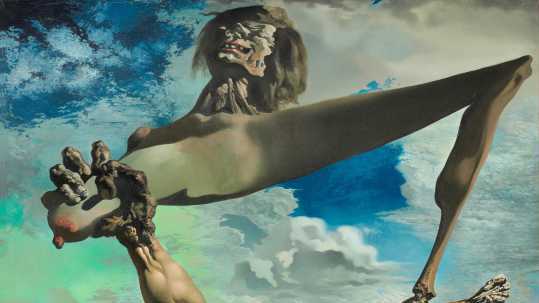
IMAGINE! 100 Years of International Surrealism
April 19, 2024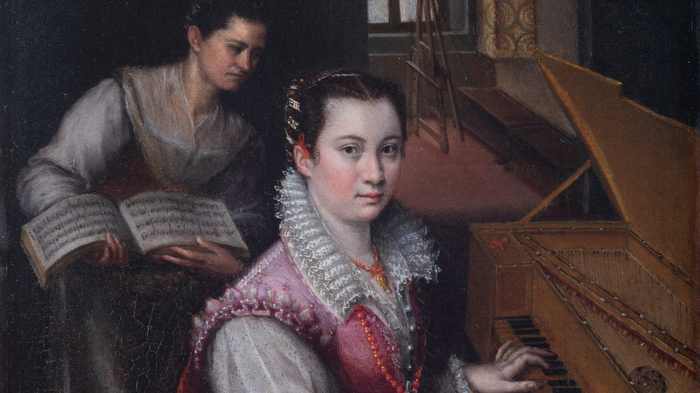
Kunstmuseum Basel. Ingenious Women
April 18, 2024